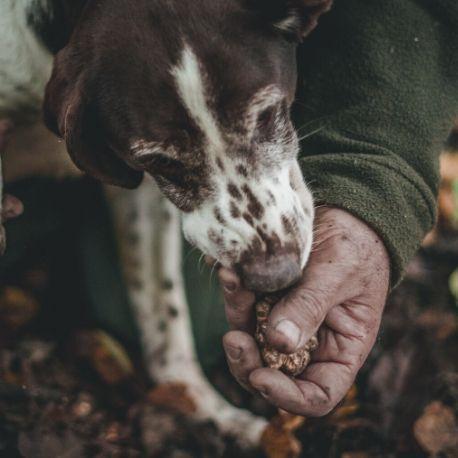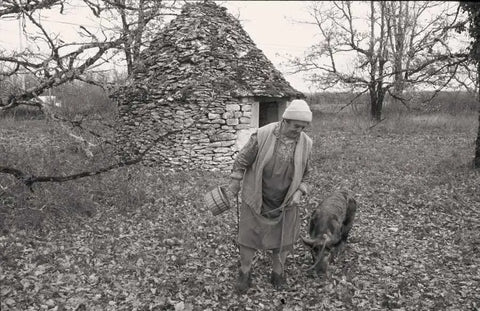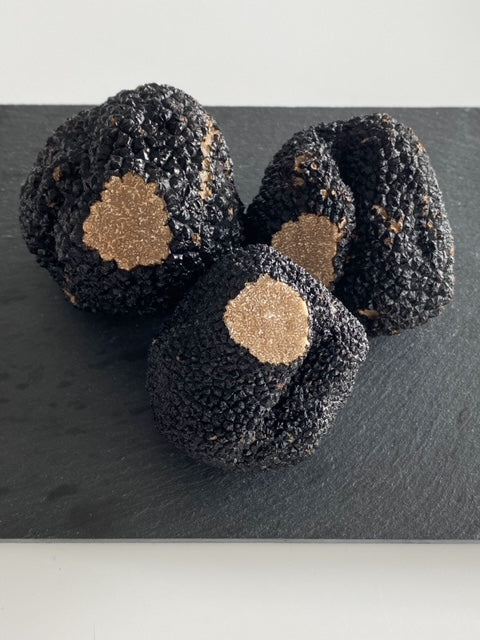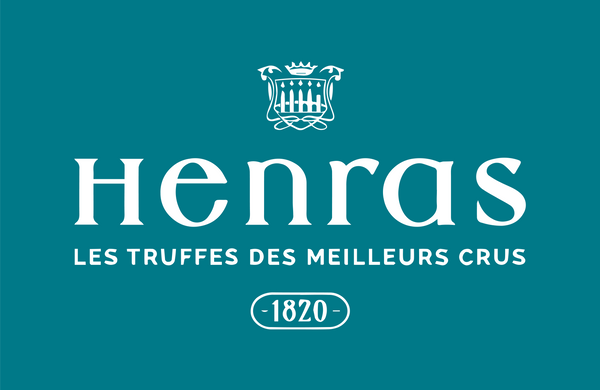In gastronomy, few things arouse as much fascination and mystery as the truffle. This underground mushroom, living in harmony with the roots of trees, is highly sought after for its exceptional aroma and taste. The search for the latter is an ancient tradition, particularly in France, combining knowledge, patience and passion for nature. We share with you the secrets of its harvest and the varied methods used to unearth this precious “ black diamond ” of gastronomy.
What is truffle?

The truffle is the fruit of a fungus living in the soil, the truffle mycelium. The latter lives in symbiosis with certain species of trees, notably oaks ( holm oak or downy oak ) and hazelnut trees, which will provide it with all the nutrients it needs while this mycelium will provide the roots of the tree with mineral salts.
This mushroom will erect a network of filaments, similar to a spider's web, on which a truffle will be born. The truffle is highly prized for its taste qualities, the most famous of which are the black Périgord truffle and the white Alba truffle, each having distinct characteristics in terms of aroma and flavor.
The truffle harvest
Harvesting fresh truffles, commonly called "cavage", is an extremely delicate practice that requires a great deal of skill. Since the truffle is underground, it is relatively difficult to spot it without help. This help is often animal. In addition, when digging out this kitchen diamond, it is essential not to damage the mycelium on which the mushroom develops.
A seasoned truffle grower is often equipped with a small rake or a special hoe to be able to gently scrape the soil and thus not damage the fresh truffles. The slightest gesture must be precise and delicate because the slightest scratch on the nose will cause it to lose value.
Truffle season: when to collect them?
The season for picking fresh truffles varies depending on the variety. You will not be able to harvest Périgord black truffles in June, unless you are in a region of the southern hemisphere. It is essential to know the season of the different truffles to plan your harvest. The main truffle seasons are as follows:
- For the tuber melanosporum (black truffle), it is generally harvested from November to March (the official and legal opening of the season takes place on November 15),
- the Alba white truffle ( tuber magnatum ) has a shorter season from October to December,
- the summer truffle (tuber aestivum) matures between April and July,
- and tuber uncinatum (Burgundy truffle) from mid-September to November.
The dog: the most practical way to find truffles

Truffle dogs have become essential partners in the search for truffles. Indeed, thanks to their exceptional flair, they are able to precisely locate this edible mushroom . To look for a truffle, the dog must not be kept on a leash; the dog has been trained from a very young age to scratch in a location where it smells of truffle, in exchange for a reward of course. All that will remain for the truffle grower is to hollow out the truffle without damaging it.
It should be noted that some smart dogs will simulate a search for a truffle to obtain a reward. It is important to note that in principle all dog breeds can find truffles. However, certain breeds are specially bred and trained for this activity, such as the Lagotto Romagnolo. But it is entirely possible for you to find truffles with an Australian Shepherd or a Labrador for example, if the latter has been trained for it.
How to find truffles without a dog?
You don't have truffle dogs and are wondering how to harvest truffles without one? We admit that the harvest, in a truffle patch or a forest, will be much more dangerous but not impossible. Indeed, there are more restrictive but effective ways to find truffles.
The pig: the search for yesteryear
Having become extremely rare these days, the use of truffle pig is a traditional technique that has proven itself. Indeed, the latter, due to its habit of plowing the ground with its snout, was a perfect companion for the search for truffles, especially since it was present in all the farms of the time. However, its use has disappeared over the years for several reasons.

First of all, because the latter became increasingly rare on farms, but also because the dog proved to be more practical and with a more interesting longevity. Additionally, the main problem in truffle harvesting with a pig is truffle loss. The pig tended to eat the truffle once it was found. You had to be on alert and restrain the pig once it started to turn over the ground, which was relatively complicated with an animal that could easily exceed 100kg.
The truffle fly: a complex technique
If the dog and the pig are the animals best known for finding truffles, there is, however, another animal: the truffle fly, or truffle fly ( suillia gigantea ). This small insect, resembling a mosquito, is truffivorous, that is to say that it looks for truffles in order to lay its eggs on them. The latter will subsequently use the truffle for food.
This relatively complex technique for finding truffles lies in the fact that the fly remains vertical to its eggs and therefore to the truffle as it flies away. You must therefore search lightly with a stick and spot a fly in flight then search vertically. This method requires a trained eye and, above all, adequate time.

